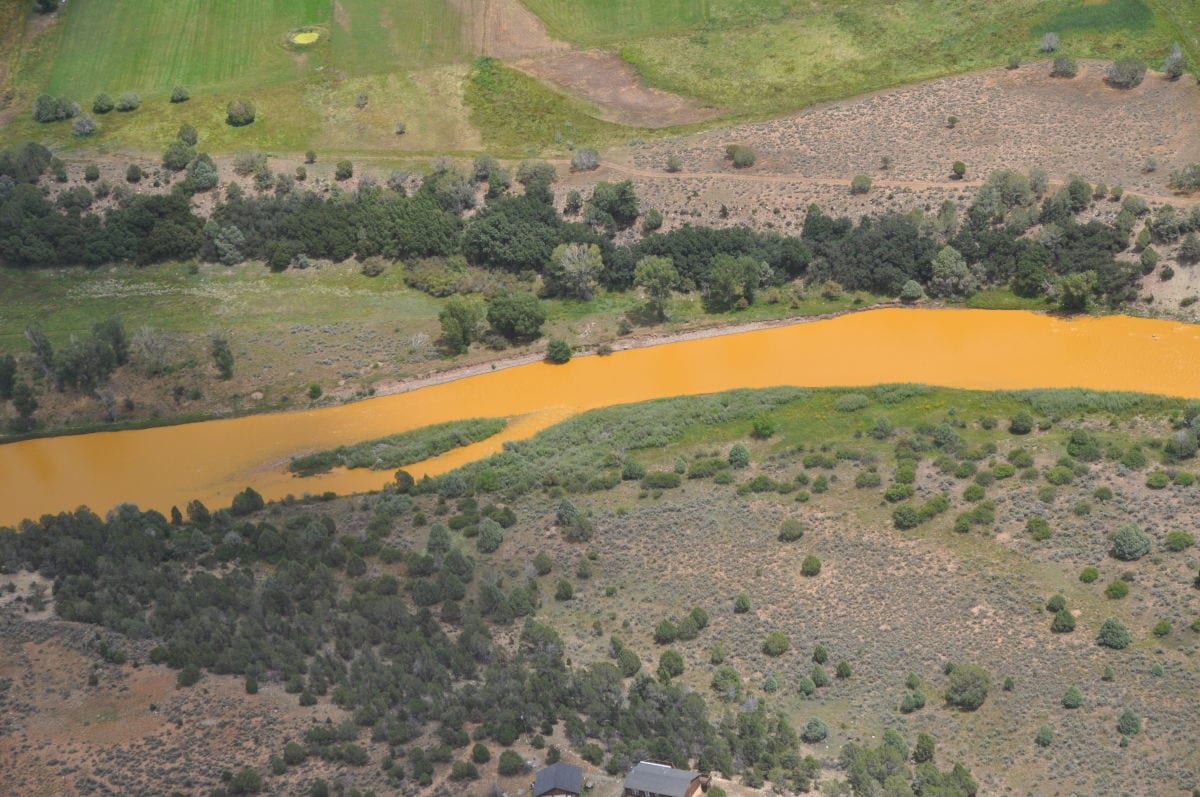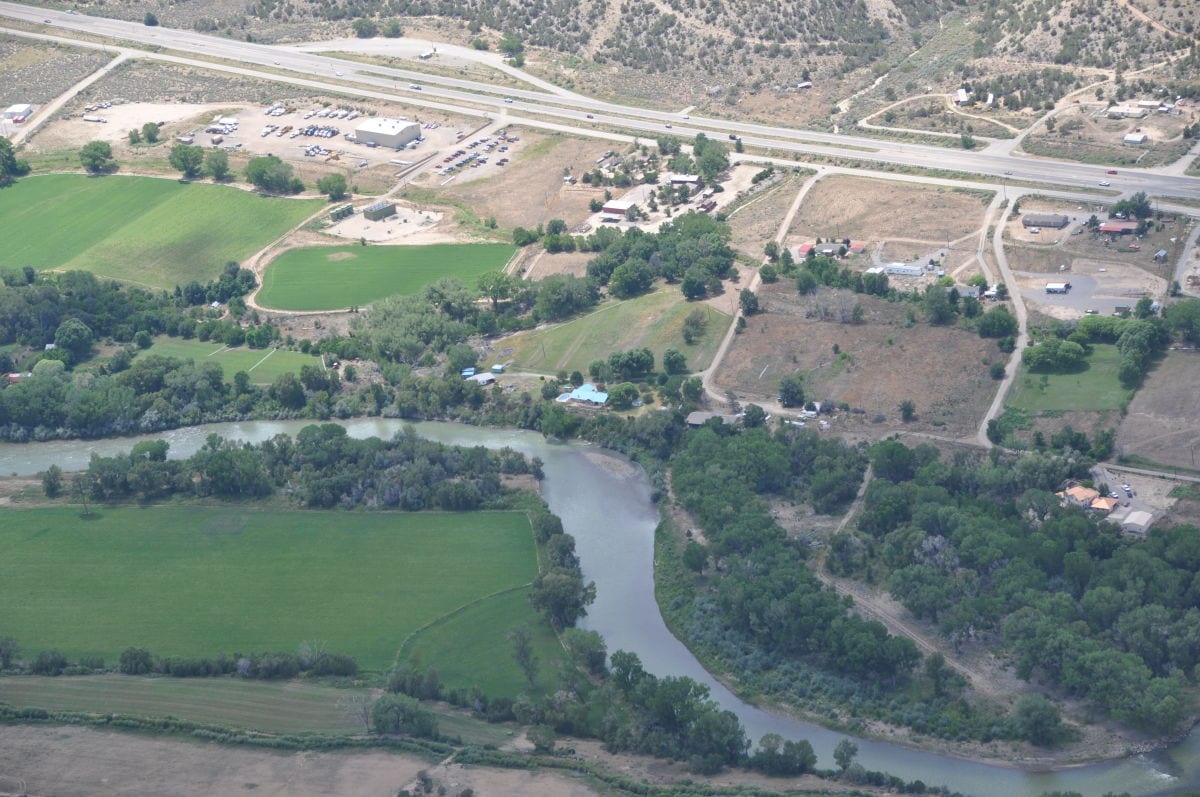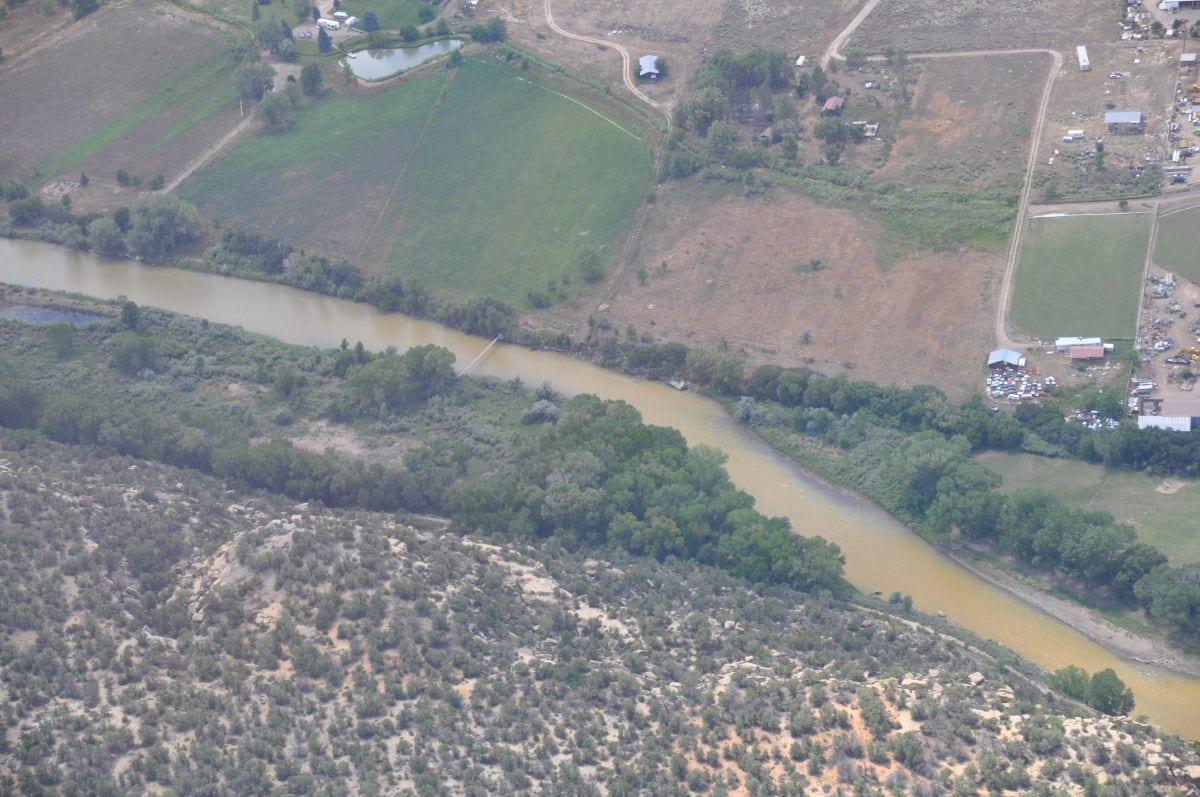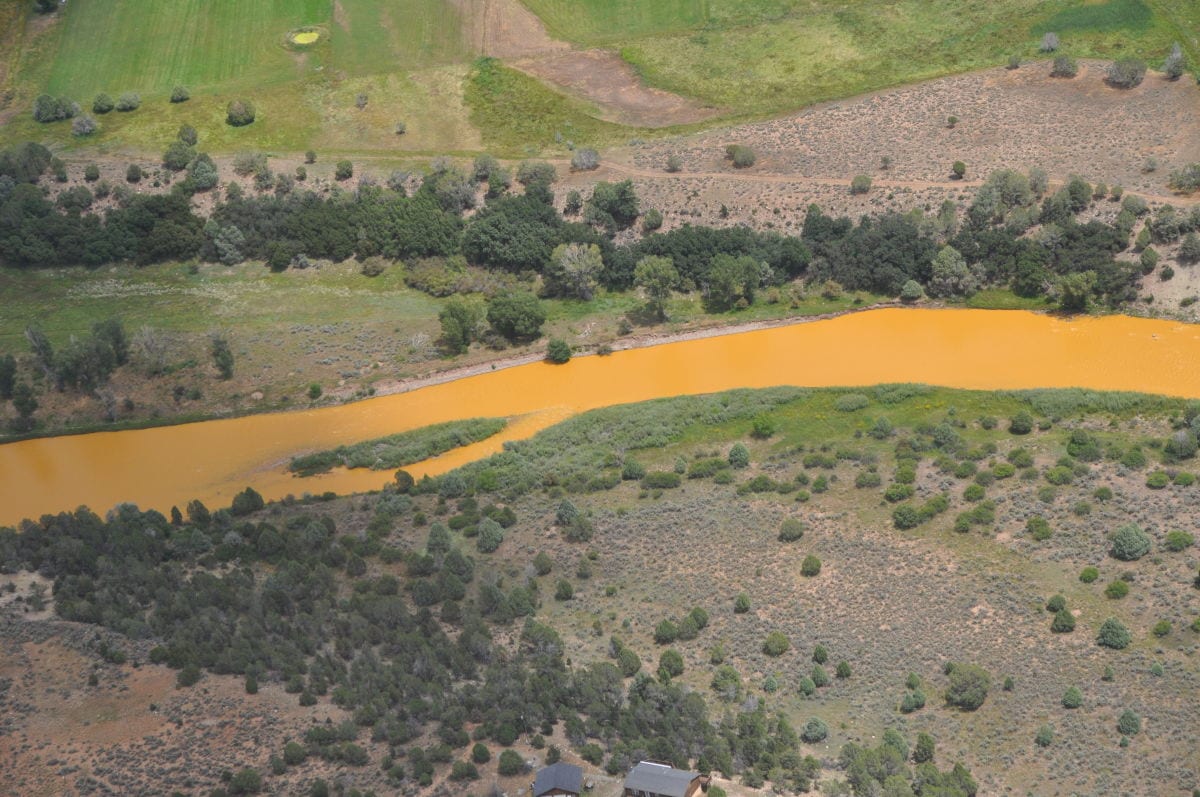
The fate of the Animas and San Juan Rivers remains unknown after a toxic waste holding pool at the abandoned Gold King Mine broke open spilling three million gallons of wastewater into the Animas River watershed on Wednesday, Aug. 5, near Durango, Colo. The river began turning bright orange within 36 hours of the toxic discharge. The poisonous plume was unleashed by a team working for the Environmental Protection Agency to investigate leaks in the containment pool. The team was in the process of moving around heavy equipment when they accidentally blew the plug holding back the waste.



The EPA has taken responsibility for the accident but has released little information on possible long-term consequences of the disaster and even downplayed the situation immediately following the spill.
The day after the accident, officials told the public that the toxic water carried high levels of iron, zinc, copper, aluminum and cadmium. On Friday, Aug. 7, the EPA added lead and arsenic to the list of dangerous pollutants that poured into the river. Initial reports estimated that 1 million gallons of waste flooded the river, but that figure has now tripled. The EPA has set up fish monitoring stations and is using the animals as “canaries in the coal mine” to assess the effects of the contamination.
Whether toxin levels quickly return to normal or not, the spill has already dealt a severe economic blow, particularly to the small mountain town of Durango.
Summer in Durango attracts visitors from around the world who come to raft and kayak the Animas. But since the spill, the towns of Durango and La Plata have declared a state of emergency and closed the river to all recreation pending extensive water testing. The emergency closure is costing outdoor recreation businesses tens of thousands of dollars in lost revenue daily with no end in sight. August marks the peak season for river guides who have now been forced to shut down in the wake of the disaster.
The emergency has also slashed Durango’s available water supply during one of the hottest months of the year. The Animas provides Durango with upwards of 4 million gallons of per day on hot days: a huge shortfall for the community. Citizens are being asked to conserve as much water as possible during the shutdown.
By Monday, the toxic plume from the Gold King Mine spilled beyond the Animas River and reached Utah via the San Juan River, one of the premier trout fisheries in the U.S and a primary water supply for the Navajo Reservation.
The Navajo Nation declared a state of emergency Saturday, and community leaders walked the shores of the San Juan to warn citizens of the danger. Navajo Nation President Russell Begaye quickly began organizing cleanup plans. Begaye has stated he plans to bring suit against Gold King Mine and the EPA for “billions of dollars” in damages.





This is a sad legacy of a time in our country’s history when oversight of operations such as this was nonexistent and leaving a mess for others to deal with a normal part of the operation. It’s just because of these types of operations that we have laws and the EPA now. Yes, the EPA messed up but they are not the real culprits. The real culprits are those who took their profits and left their messes for others to deal with. Now our rivers and the people are paying the price.
Response from the author:
Beacon,
Thanks for your comment, and I agree with your analysis. The EPA is not to blame for the messy reckless actions of Gold King Mine. The consequences of corporate actions that take thought for the future have caused most of the environmental disasters of our time. I do, however, hold the EPA responsible for trying to downplay their actions and for not being forthright about the extent of the damage. The public needs to know how bad a situation this really is, so the strongest and quickest action possible can be taken to undo what was done.
Marcos, agree completely! I should have added those additional thoughts about how EPA communicated very poorly. It certainly added fuel to the fire of those desiring to place all the blame on them. Thanks for noting that.